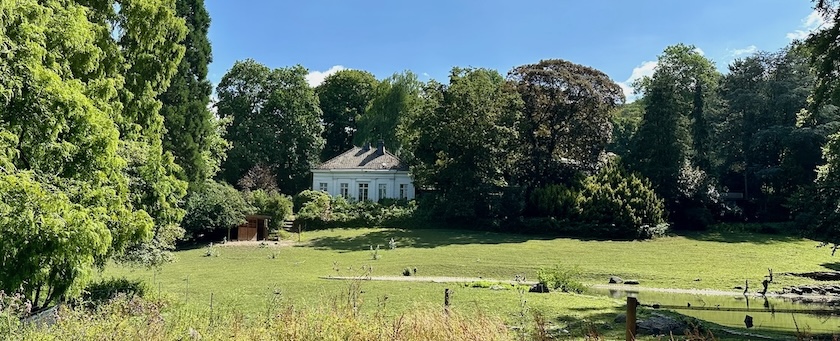
In the previous post, we discussed the plateau of stability, the first interim stop on the journey towards resilience – what it is good for, what its limitations are and why it is quite popular.

In the previous post, we discussed the valley of feature-completeness, the starting point of our prototypical journey towards resilience and we realized that such a setup usually is not advisable anymore.

We laid the foundations for our journey towards resilience in the previous post by clarifying what resilience is. We needed to do this to create a common goal for our journey.

In its core, this post series will discuss three questions:

In the previous post, we discussed how the broken feedback loops that software development projects create lead to a continuously deteriorating IT system landscape, resulting in an ever-shrinking dependability – which is probably the by far most important runtime property of software.





